Description
Title: The Utmost Care and Respect for Polypropylene Glycol: Understanding its Utility and Importance
Introduction
Polypropylene glycol (PPG) is a versatile and essential chemical compound with a wide range of applications in various industries. This article aims to shed light on PPG, its production, uses, and safety measures while adhering to the principles of care, respect, truth, utility, and positivity.
What is Polypropylene Glycol (PPG)?
Polypropylene glycol, also known as polypropylene oxide, is a synthetic polymer created by the polymerization of propylene oxide. It is a colorless, odorless, viscous liquid with a wide range of molecular weights, typically between 200 and 2000 g/mol. PPG is soluble in water and most organic solvents, making it an ideal choice for numerous industrial and commercial applications.
Production of PPG
PPG is produced through the polymerization of propylene oxide, a compound derived from propylene, a byproduct of petroleum refining. The polymerization process involves heating propylene oxide in the presence of a catalyst, such as a strong base or metal catalyst, to produce PPG with the desired molecular weight. The reaction is typically carried out in a controlled environment to ensure the precise control of molecular weight, viscosity, and other properties.
Applications of PPG
PPG has a wide range of applications in various industries, including:
- Personal Care: PPG is used as a humectant, solvent, and emollient in personal care products such as cosmetics, lotions, and shampoos.
- Pharmaceuticals: PPG is used as a solvent and excipient in pharmaceutical formulations, improving drug solubility and stability.
- Paints and Coatings: PPG is used as a coalescing agent in paints and coatings, improving film formation and reducing the appearance of brush marks.
- Food and Beverages: PPG is used as a food additive, providing emulsification, thickening, and stabilization in various food and beverage products.
- Plastics and Polymers: PPG is used as a raw material in the production of plastics and polymers, improving flexibility, impact resistance, and surface finish.
Safety Measures and Precautions
While PPG is a valuable and versatile chemical compound, it is essential to handle and use it with care and respect. The following safety measures and precautions should be taken when handling PPG:
- Personal Protective Equipment: Always wear appropriate personal protective equipment, including gloves, safety glasses, and lab coats, when handling PPG.
- Ventilation: Ensure adequate ventilation when handling PPG, as it can produce vapors that may be harmful if inhaled.
- Storage: Store PPG in a cool, dry, well-ventilated area away from heat sources and open flames.
- Disposal: Dispose of PPG according to local, state, and federal regulations, as it may be harmful to the environment if not disposed of properly.
- Training: Provide adequate training to all employees on the safe handling, storage, and disposal of PPG.
Conclusion
Polypropylene glycol (PPG) is a versatile and essential chemical compound with a wide range of applications in various industries. By handling and using PPG with care, respect, and truth, we can ensure its utility and importance while promoting fairness and positivity. Through the adoption of proper safety measures and precautions, we can protect both human health and the environment while reaping the benefits of this remarkable chemical compound.

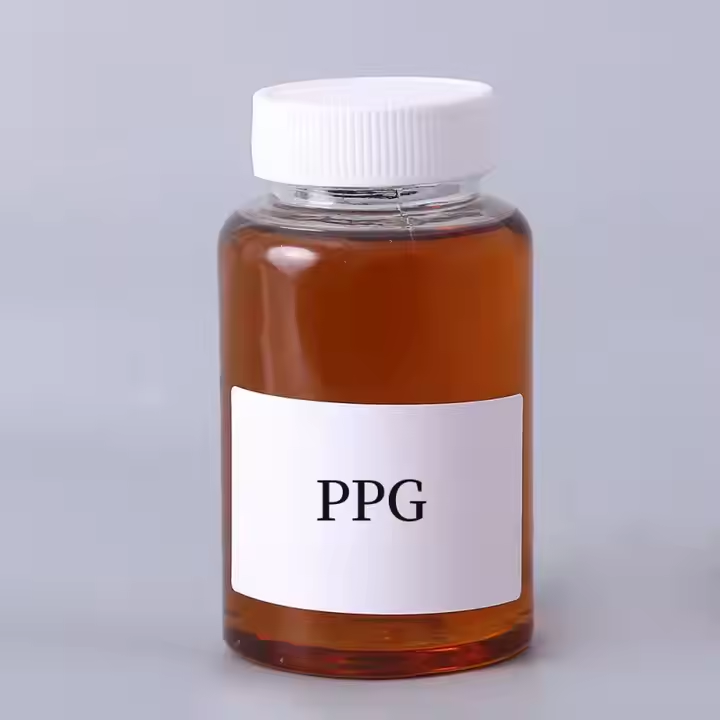
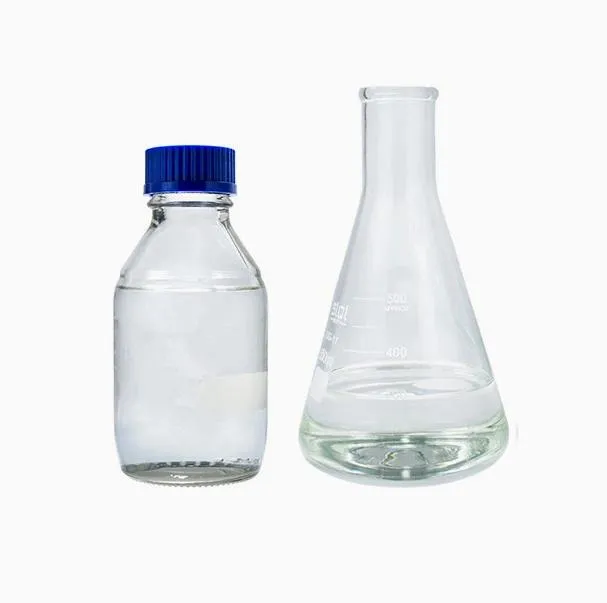
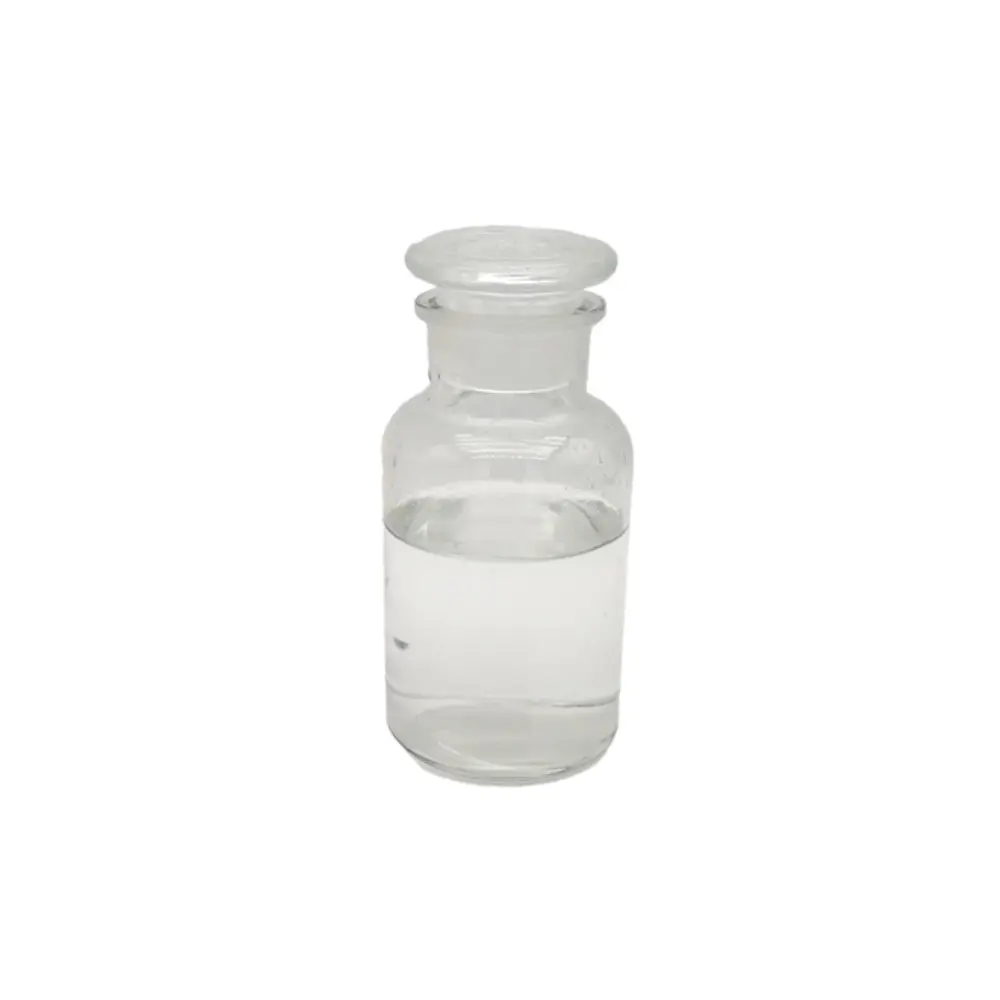
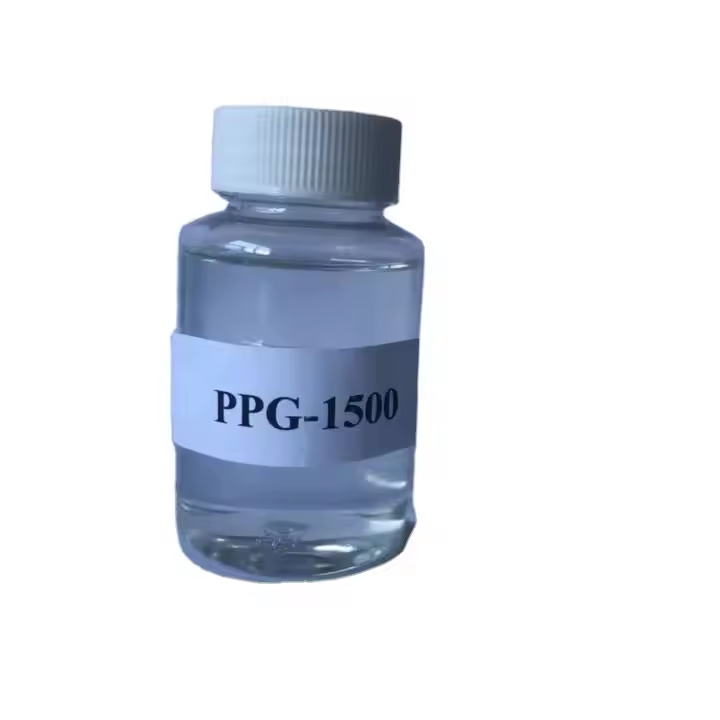
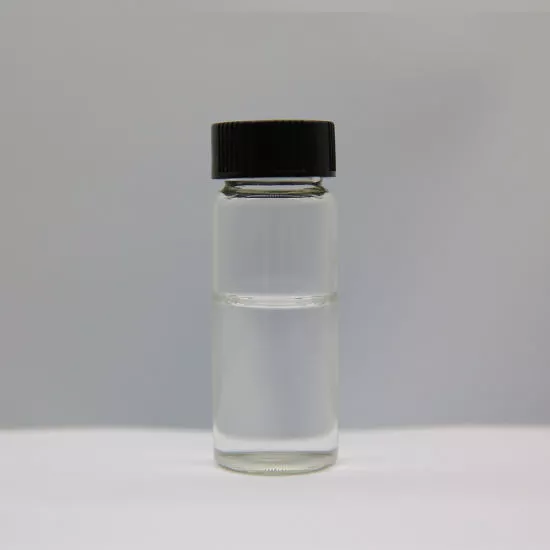
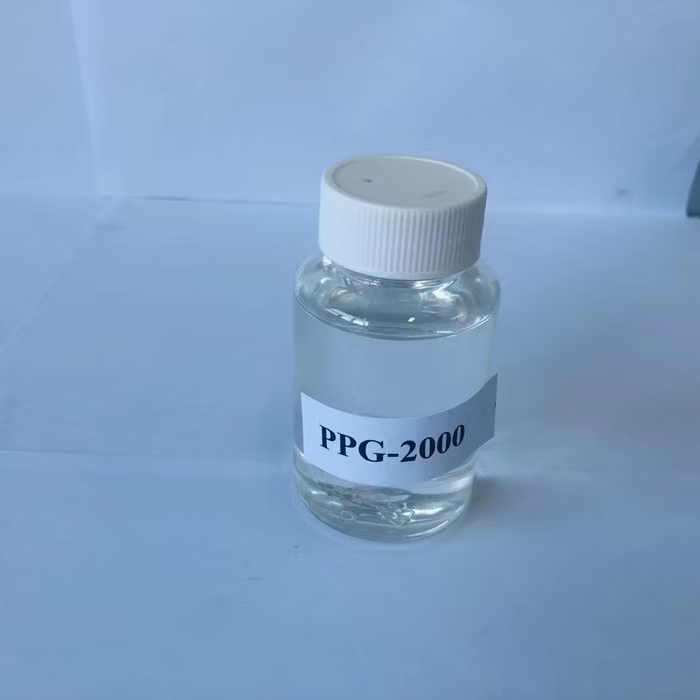
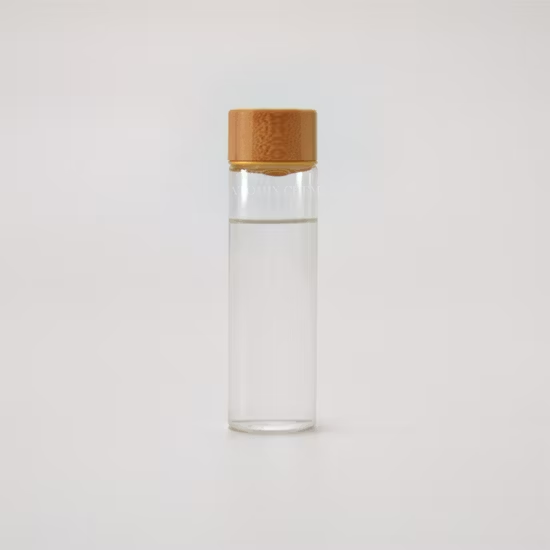
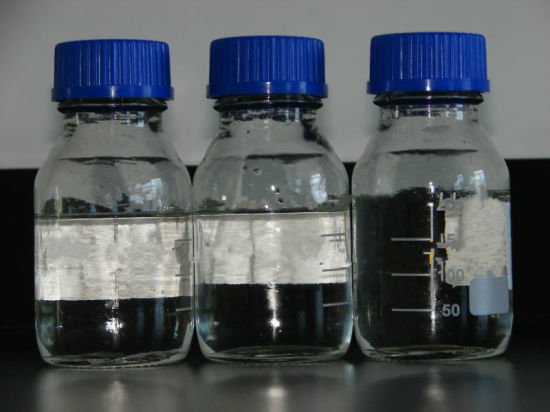


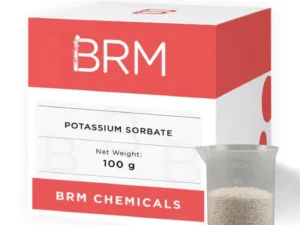

Reviews
There are no reviews yet.